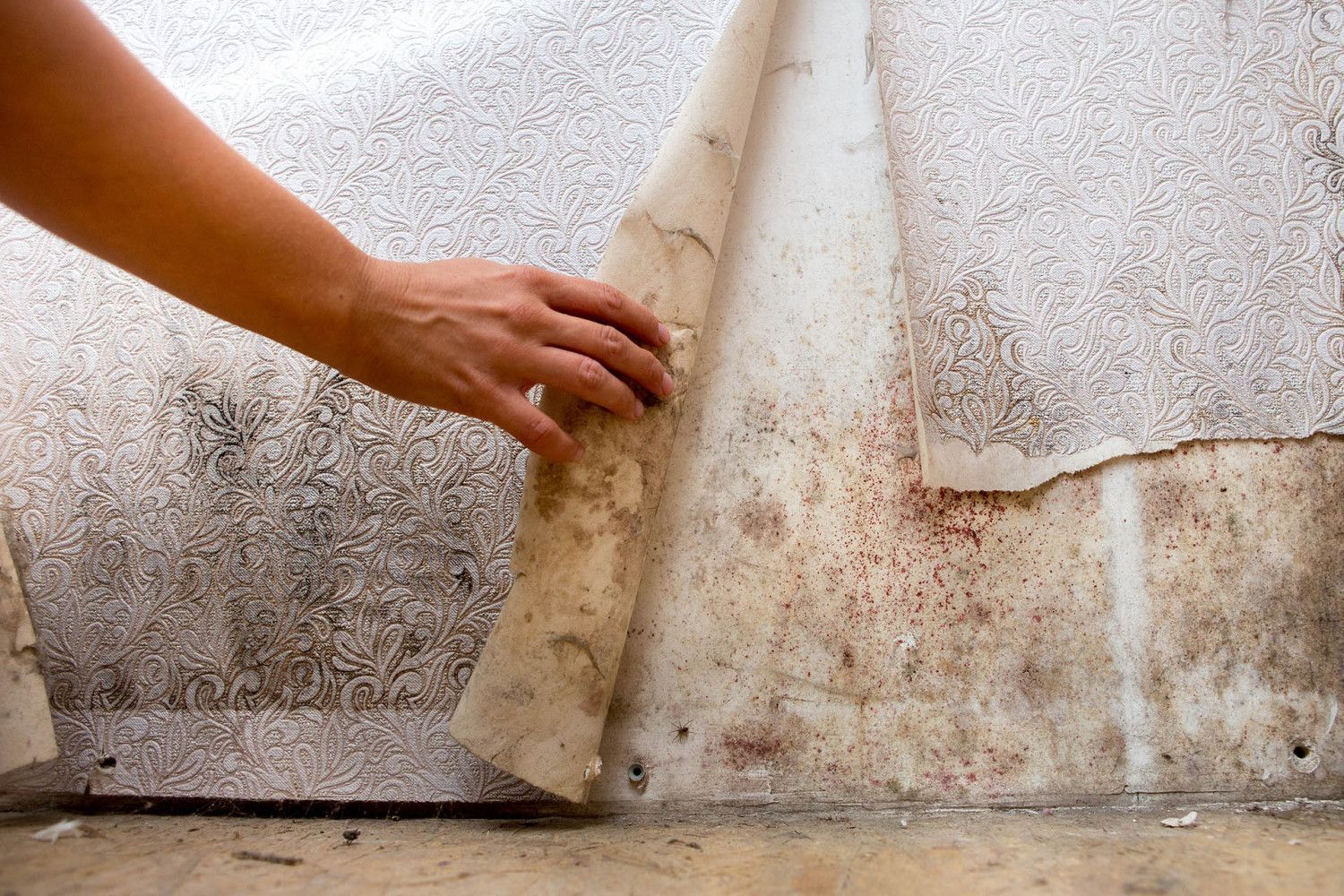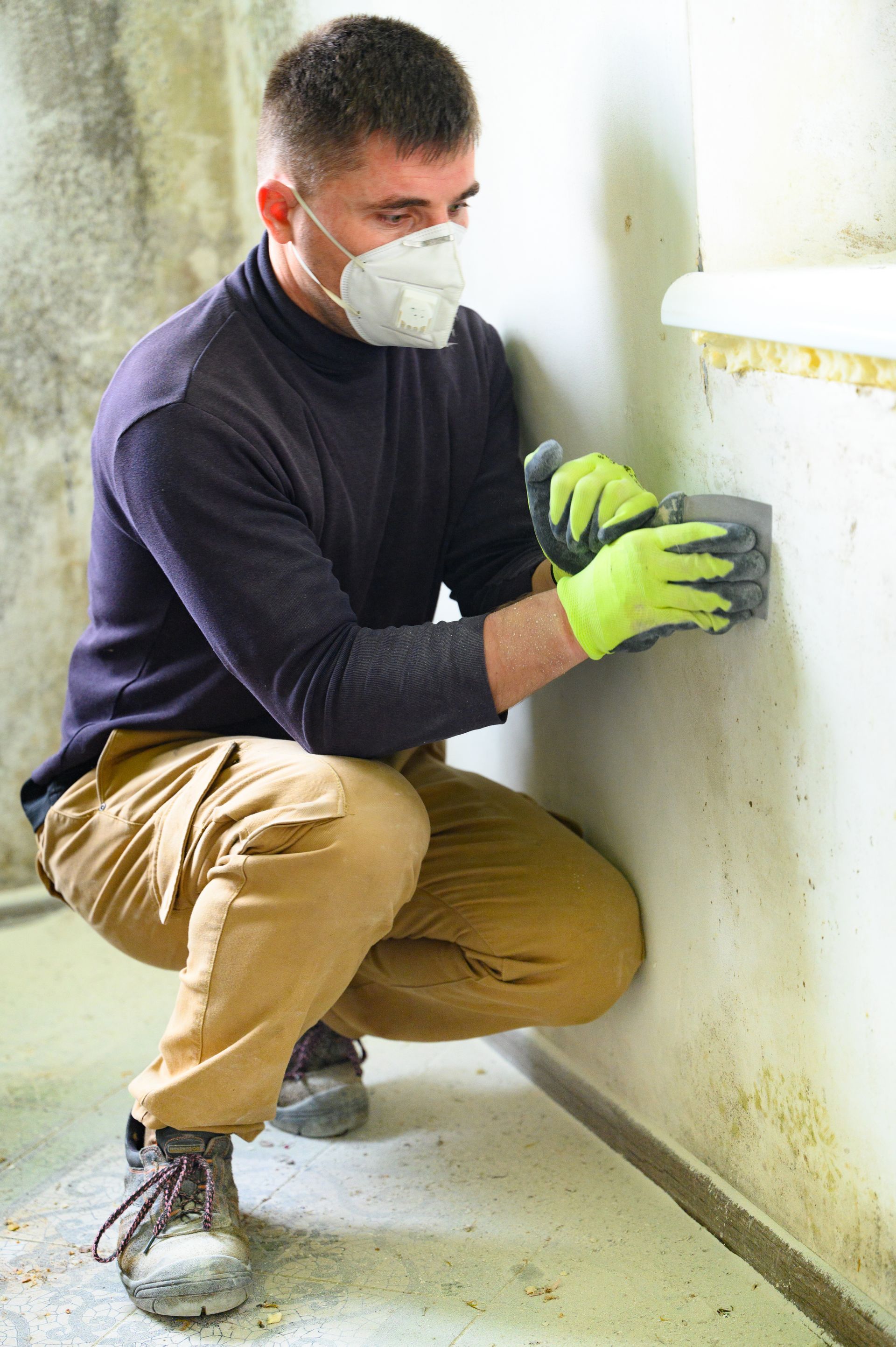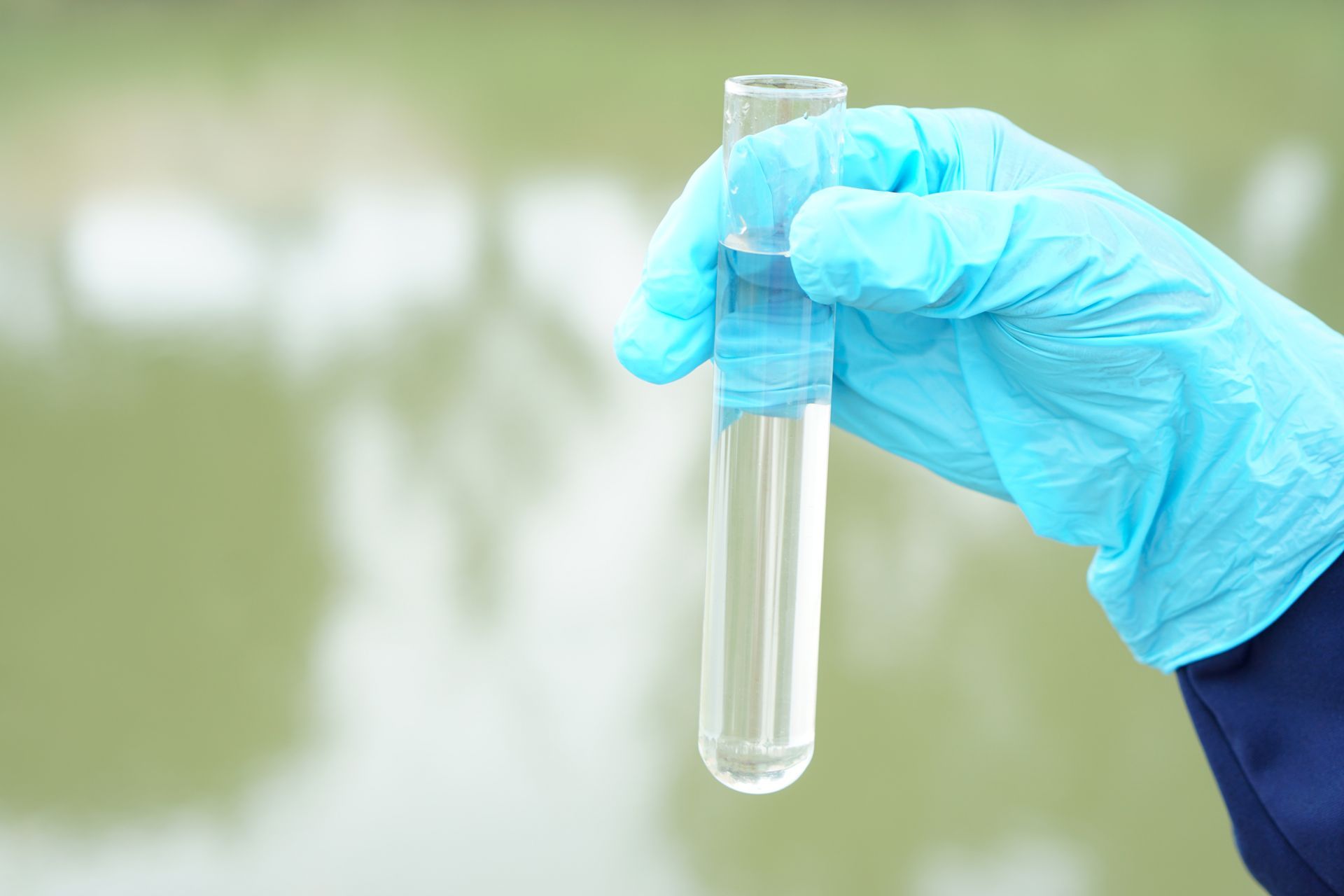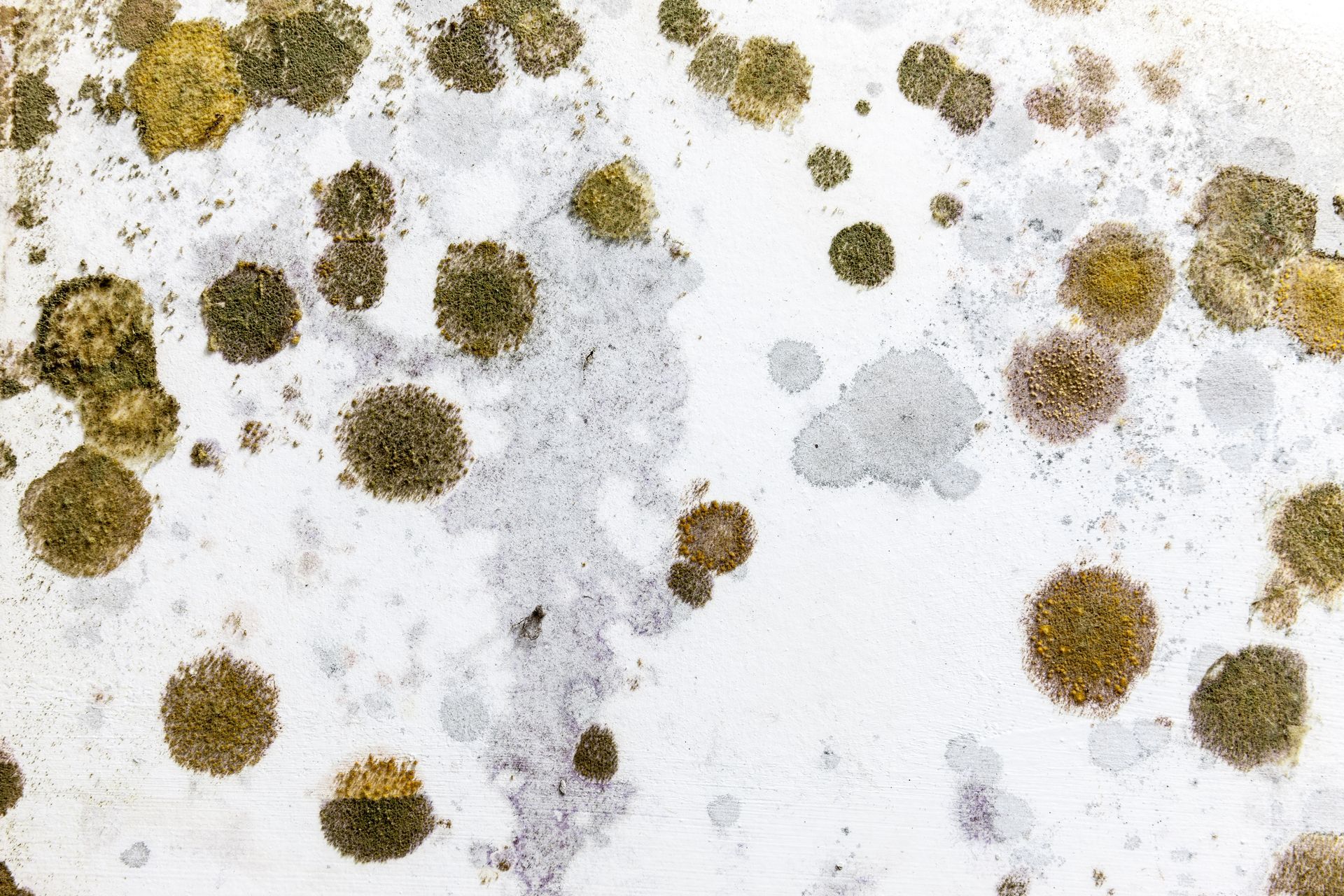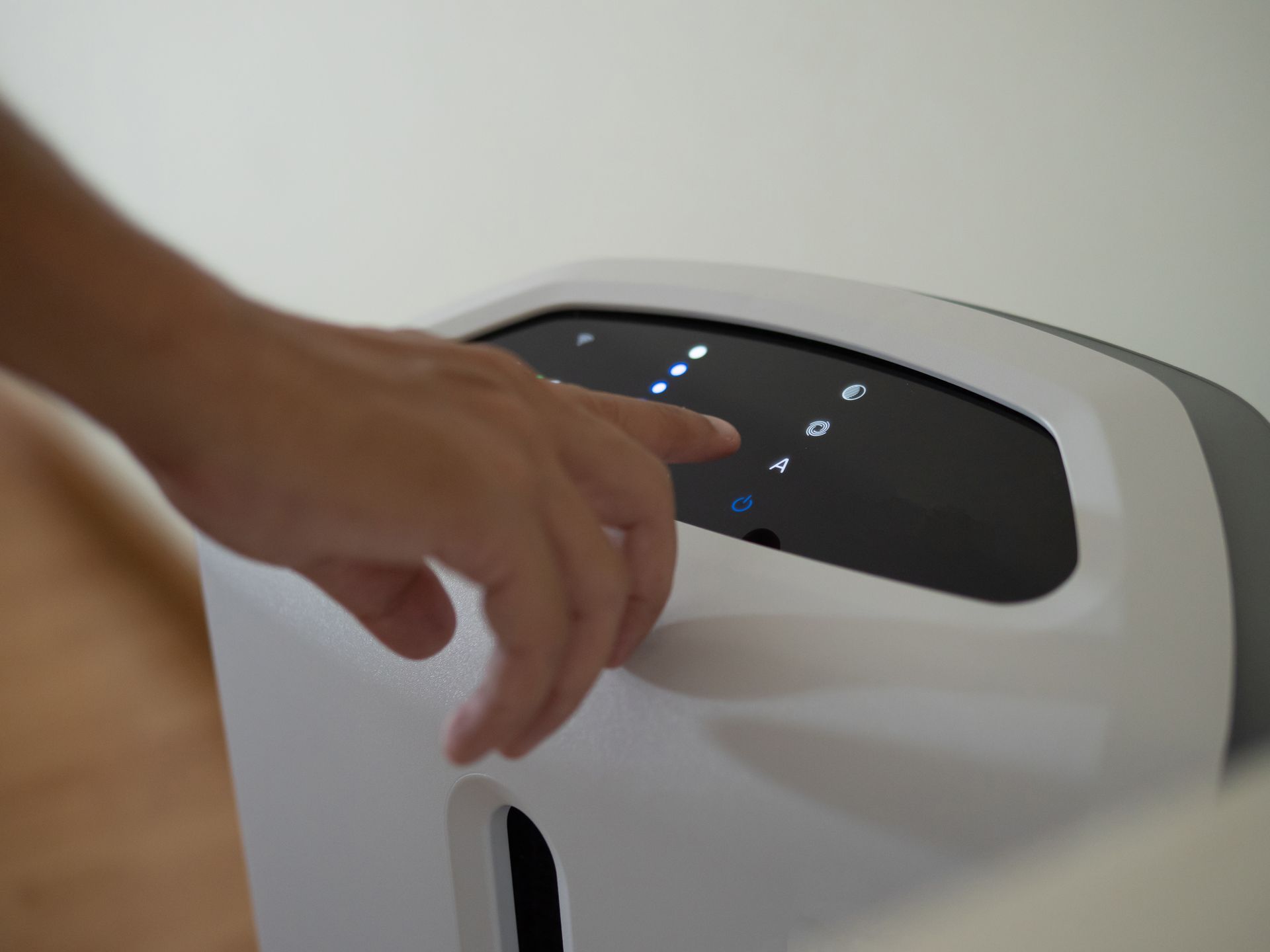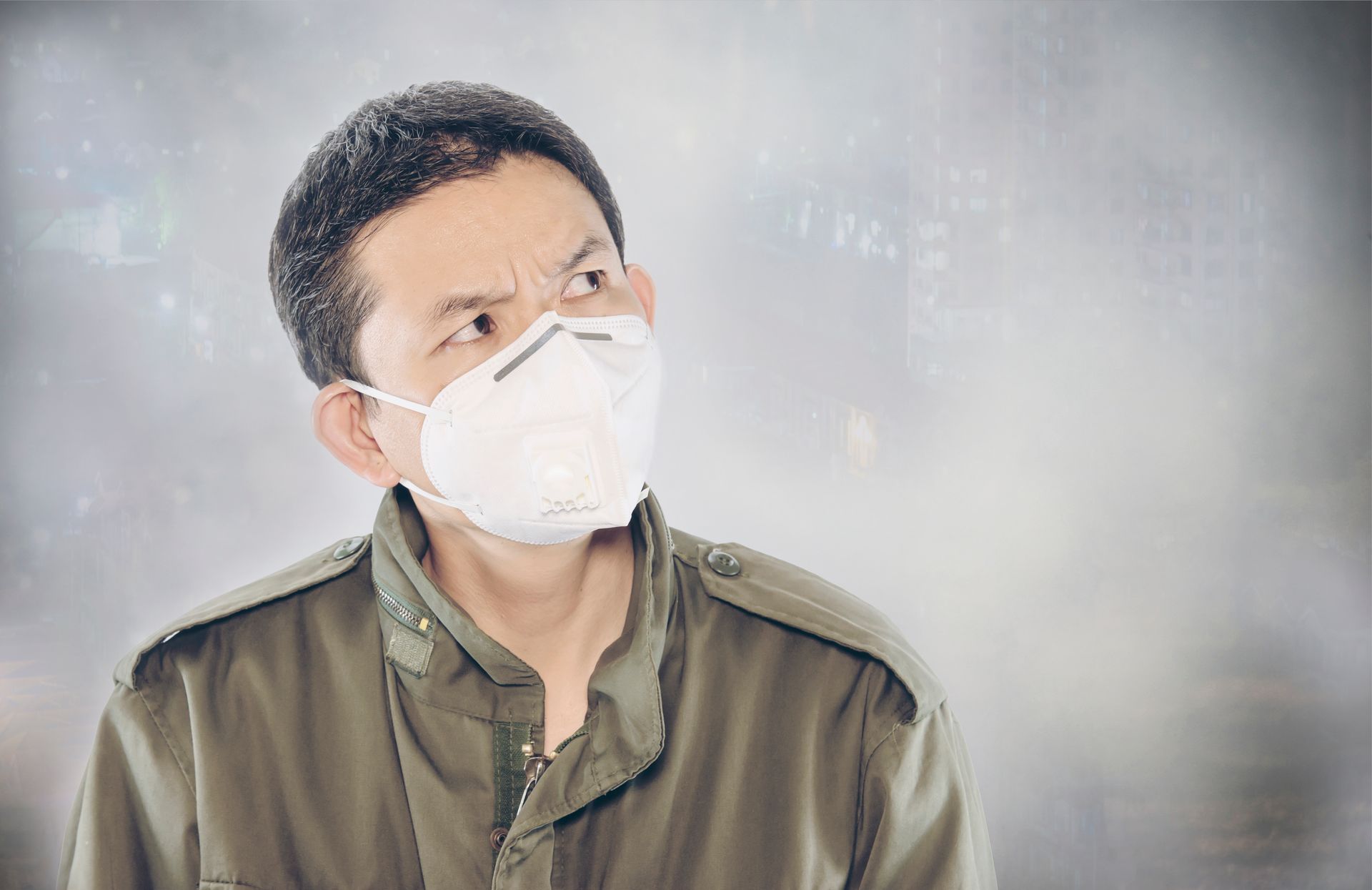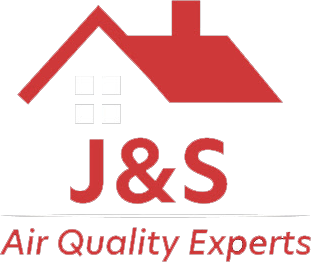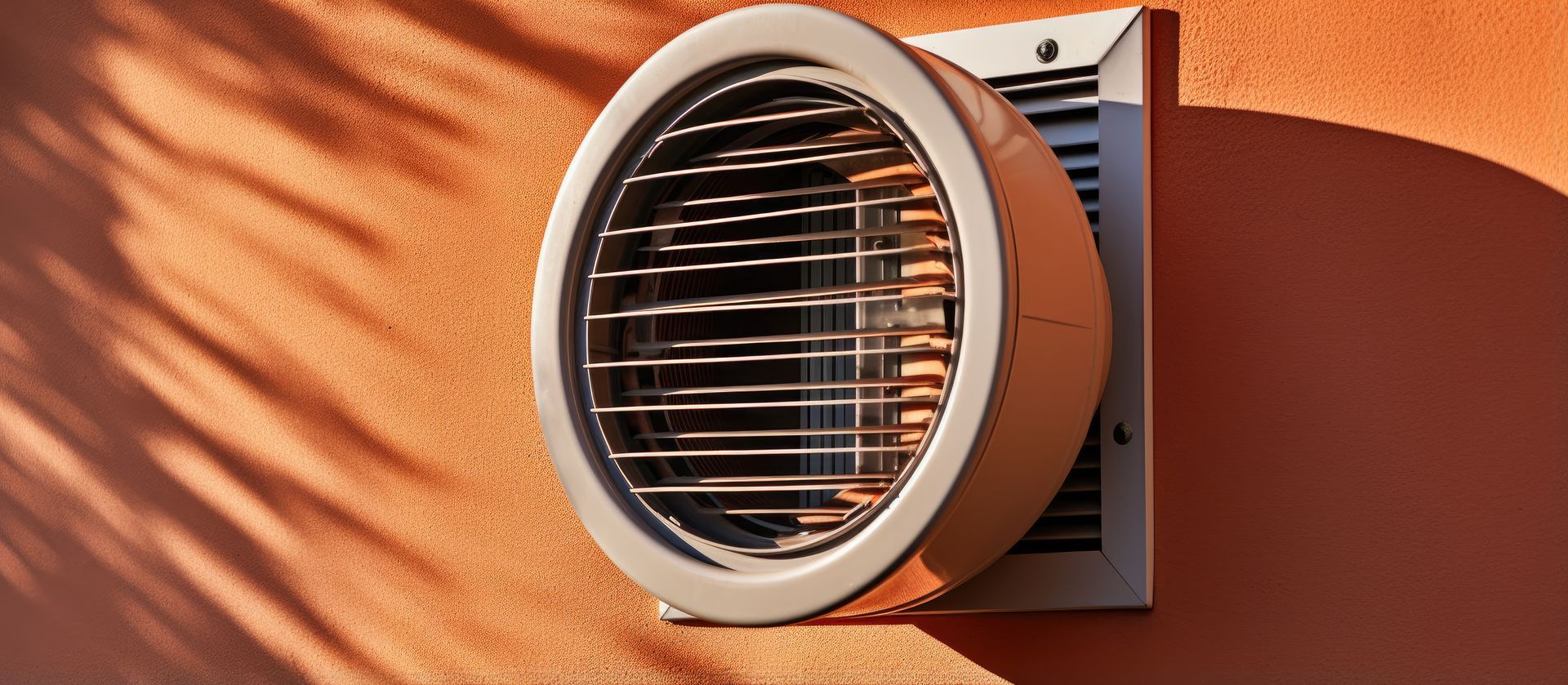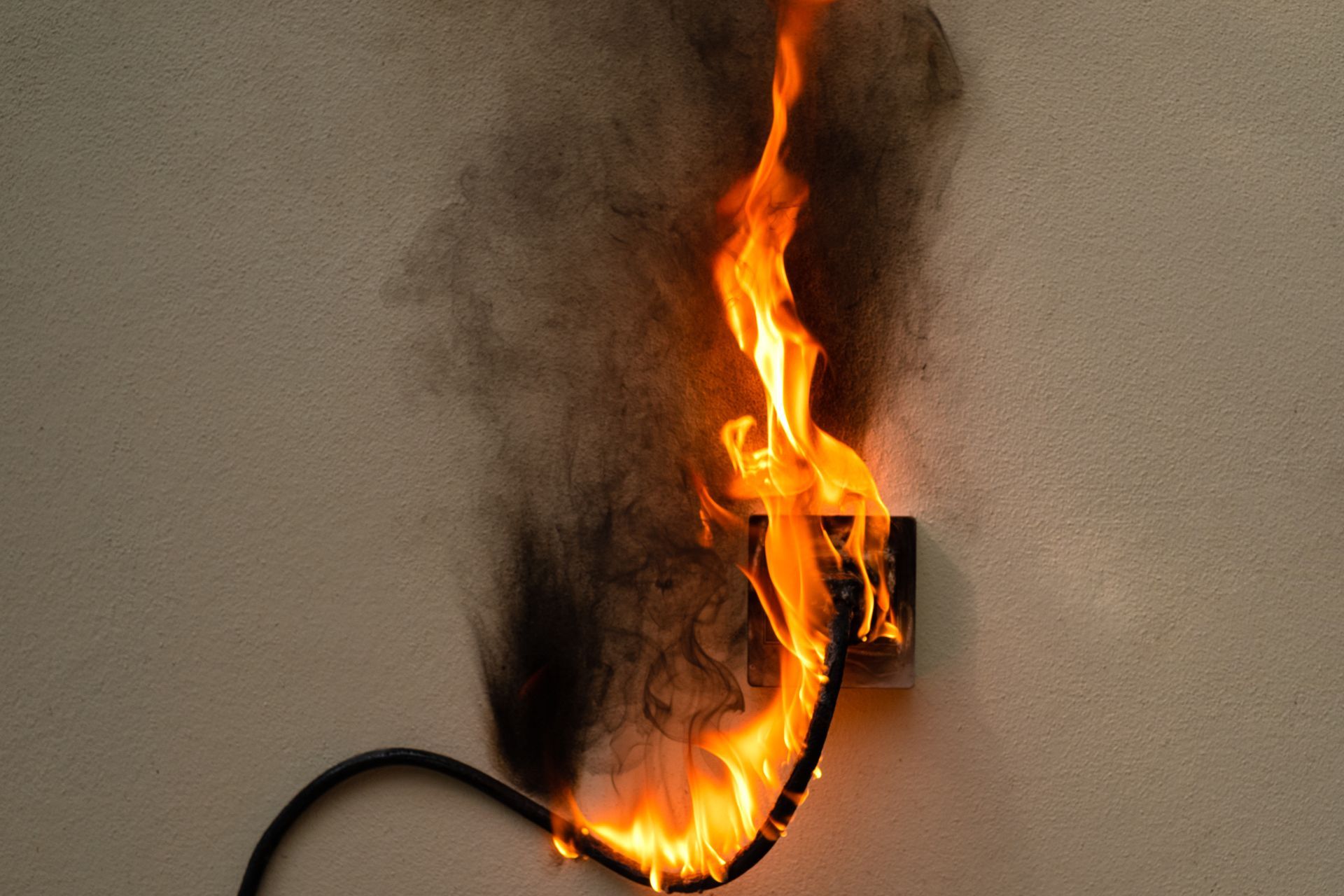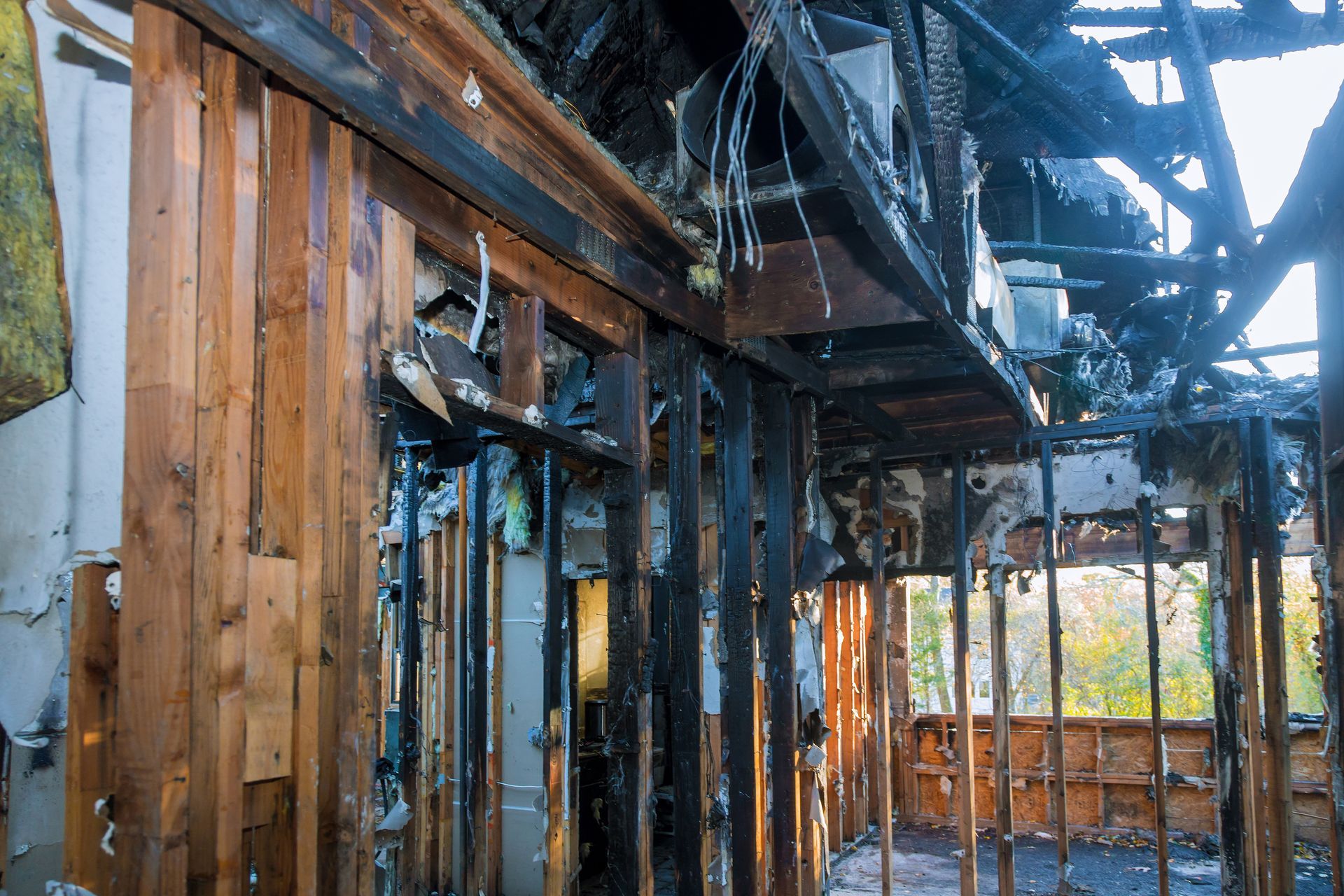J&S Air Quality Experts
How to Identify and Test for Mold in Your House: A Step-by-Step Guide
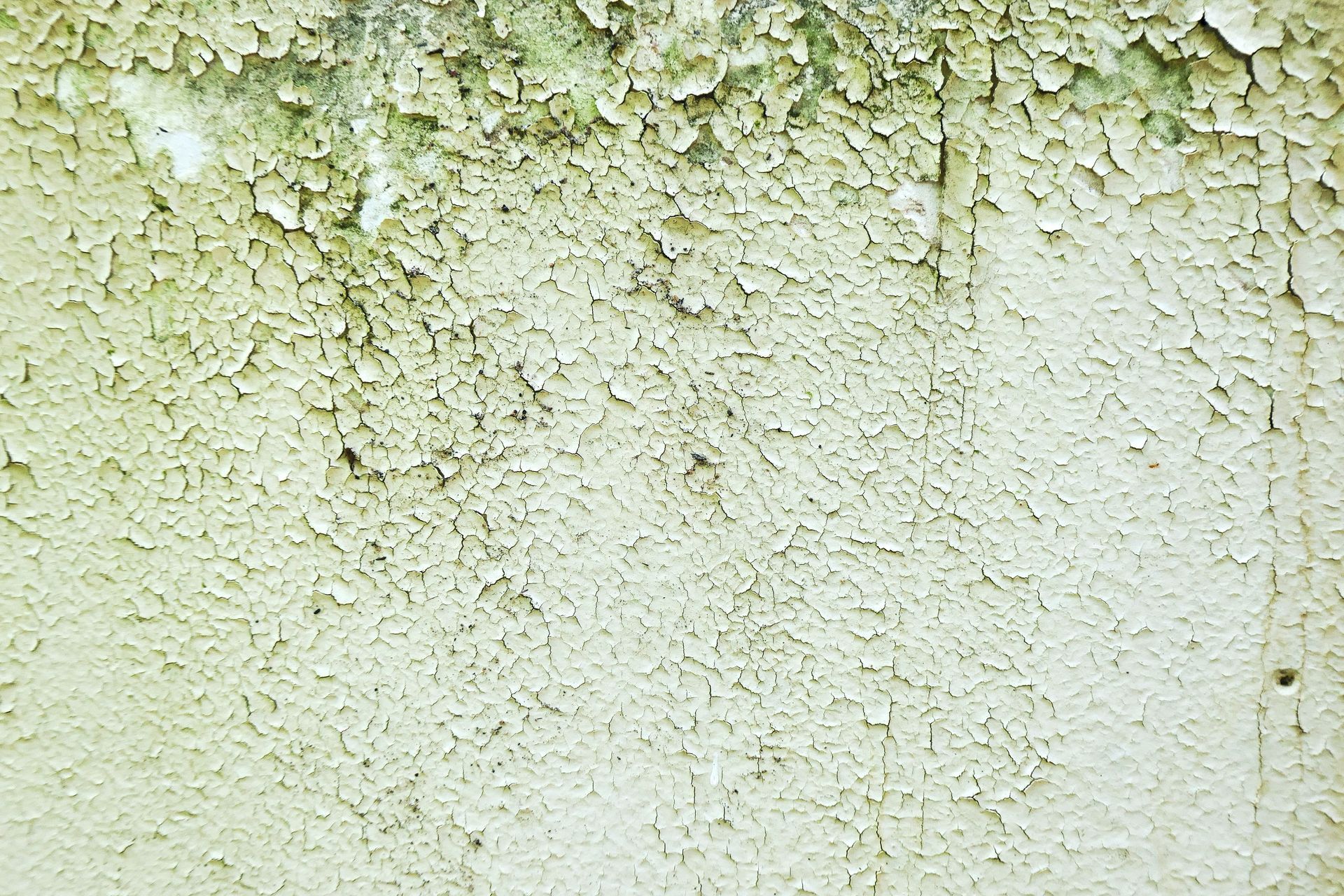
Slide title
Write your caption hereButton
Mold is a silent intruder that can cause significant health problems and structural damage in your home. Whether you notice a musty smell, experience unexplained allergy symptoms, or spot visible growth, testing for mold in your house is essential to ensure a safe living environment. This guide will walk you through the process of identifying, testing, and addressing mold issues in your home.
Why Mold in Your House Is a Serious Concern
Mold thrives in damp environments, making bathrooms, basements, and kitchens particularly vulnerable. Exposure to mold can lead to respiratory issues, allergic reactions, and even long-term health complications. It can also weaken the structure of your home by deteriorating wood, drywall, and other materials. Recognizing the risks is the first step in taking action to protect your home and family.
Signs of Mold in Your House
Before you begin testing for mold in your house, it's crucial to identify potential signs of its presence. Mold growth is not always obvious, so be on the lookout for the following indicators:
- Musty Odor: Mold often produces a strong, musty smell that lingers in certain areas.
- Visible Mold Growth: Mold can appear as black, green, or white patches on walls, ceilings, or floors.
- Water Damage or Stains: Discoloration on walls or ceilings may indicate past or ongoing water damage, a breeding ground for mold.
- Peeling or Warped Surfaces: Wallpaper, paint, or wooden surfaces that are peeling or warped can be signs of moisture issues leading to mold growth.
- Increased Allergy Symptoms: If you or your family members experience frequent sneezing, coughing, itchy eyes, or respiratory problems at home, mold could be the culprit.
Step-by-Step Guide to Testing for Mold in House
1. Conduct a Visual Inspection
The first step in mold testing is a thorough visual inspection. Check damp areas, such as under sinks, around windows, and inside closets. Use a flashlight to examine dark or hidden corners. If you spot any suspicious patches, it’s time to proceed with further testing.
2. Use a Mold Test Kit
Home mold test kits are available for purchase at hardware stores and online. These kits typically include petri dishes that allow mold spores to settle and grow. Here’s how to use one:
- Follow the instructions included in the kit carefully.
- Place the test kit in an area where you suspect mold growth.
- Leave it undisturbed for the recommended time.
- Send the sample to a lab (if required) for analysis.
While DIY kits can provide some insight, they may not be as reliable as professional testing.
3. Perform an Air Quality Test
Air testing can detect mold spores that aren’t visible to the naked eye. This involves using an air sampling pump to collect airborne particles. Professional mold inspectors use high-tech equipment to measure mold spore levels and identify the type of mold present. If you suspect widespread contamination, hiring an expert is the best option.
4. Hire a Professional Mold Inspection Service
Professional mold testing and assessment services provide the most accurate results. Experts use specialized tools, such as moisture meters and infrared cameras, to detect hidden mold. They can also identify the root cause of the problem and recommend effective solutions.
If you want reliable and thorough mold testing, J&S Air Quality Experts in Palm Bay, FL, can help. Call us today at
(321) 557-3163 for a professional assessment.
How to Address Mold Issues in Your Home
Once you’ve confirmed the presence of mold, the next step is remediation. Here’s what you can do:
1. Remove Mold-Infested Materials
If mold has affected porous materials like drywall, carpeting, or ceiling tiles, they may need to be removed and replaced. Non-porous surfaces like glass, tile, and metal can often be cleaned with a mold-killing solution.
2. Reduce Moisture Levels
Since mold thrives in damp environments, controlling humidity is key to prevention. This can be achieved by employing dehumidifiers to reduce air humidity, immediately repairing any water leaks, and maintaining adequate airflow, particularly in spaces prone to dampness.
3. Use Mold-Resistant Products
When renovating or repairing areas affected by mold, consider using mold-resistant paint, drywall, and insulation to prevent future growth.
4. Schedule Regular Inspections
Even after removing mold, it’s important to stay proactive. Schedule periodic mold inspections to ensure your home remains mold-free.
Contact J&S Air Quality Experts for Professional Mold Assessment in Palm Bay, FL
If you suspect mold in your house, don’t wait until it becomes a serious problem.
J&S Air Quality Experts, located in Palm Bay, FL, offers expert mold detection and evaluation. Our team uses state-of-the-art technology to detect mold and provide effective solutions.
Why Choose Us?
- Experienced Professionals: Our trained experts have years of experience in mold assessment and remediation.
- Advanced Testing Methods: We use top-tier equipment to accurately identify mold issues.
- Personalized Solutions: We offer customized recommendations based on your specific situation.
- Prompt Service: We respond quickly to ensure your home remains a safe and healthy environment.
Call us today at
(321) 557-3163 to schedule a
professional mold inspection and take the first step toward a mold-free home!
We also do
fire and smoke testing,
water and bacteria testing, and
indoor air quality testing.
FAQs
How can I tell if my house has mold?
Common signs include musty odors, visible mold patches, water stains, and increased allergy symptoms. A professional mold test can confirm its presence.
Can I remove mold myself, or do I need a professional?
Small mold problems (under 10 square feet) can often be cleaned with household mold removers. However, for larger infestations or hidden mold, professional removal is recommended.
How long does a mold inspection take?
A typical mold inspection takes between 1-3 hours, depending on the size of your home and the severity of the mold issue.
What should I do if I find black mold?
Black mold can be toxic and should be handled with caution. Avoid direct contact, improve ventilation, and contact a mold remediation expert immediately.
How often should I test for mold in my house?
It’s a good idea to test for mold if you notice signs of moisture issues, experience unexplained health symptoms, or after water damage incidents.
